- Market Facts & Opinions (2000) Ltd
- mfo@mfocaribbean.com
- Tel: (868) 627-8417/8524
Trinidad and Tobago Emancipation Facts
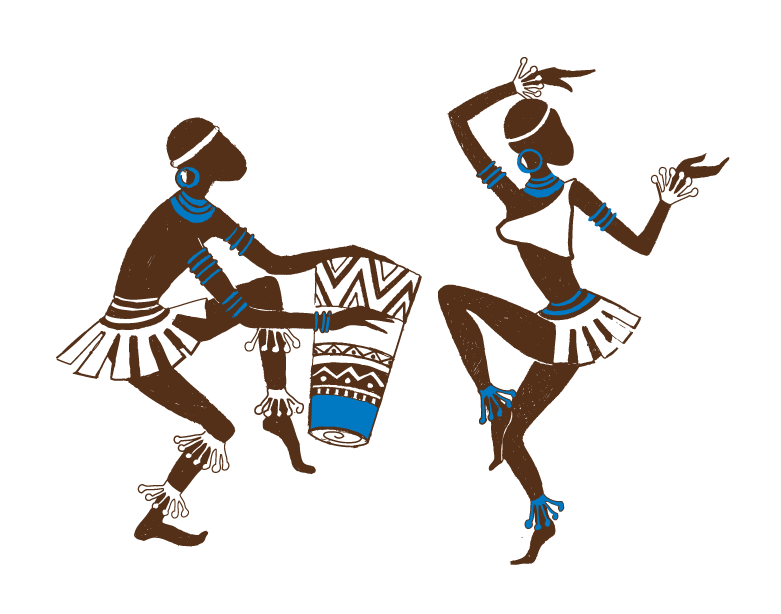

Let us sing and rejoice in one voice as a nation and beat the drums of freedom as we celebrate the Emancipation of our African brothers and sisters.
The renowned historian Michael Anthony affirms “African slaves were present in Trinidad from …1610” – 223 years before the Emancipation Act on the 1st of August 1833! Here are a few facts about Trinidad and Tobago emancipation that are interesting to note. You can add additional facts in the comments section.
Emancipation: Slaves No More
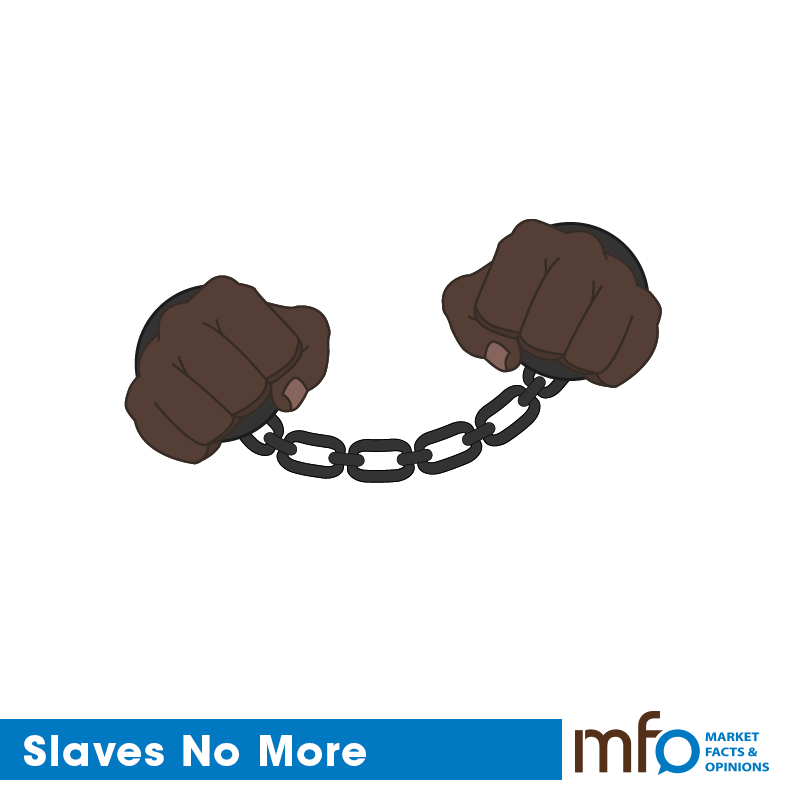
When the announcement to free all slaves came by the Emancipation Act on the 1st of August 1833 the composition of each colony was different. For example, in Trinidad, each slave owner only had 7 slaves compared to those in Tobago who had 24. Trinidad and Tobago had a total of 17,439 slaves in the two islands. In comparison, Jamaica had 254,000 slaves.
The slave Trade destroyed many lives
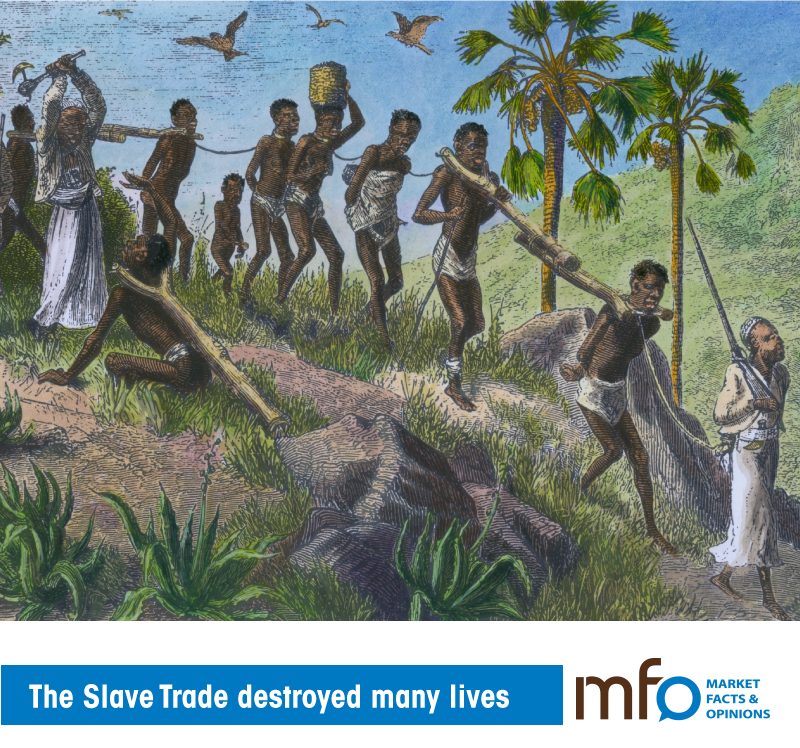
In 1797 Trinidad had a total of 10,000 enslaved people. Between 1798 to 1807, 20,000 more came over the Atlantic. Between 1807 and 1834 unknown thousands came from other colonies.
How come in 1838 there were only 20,000 to be emancipated?
The Slave Trade incredibly destroyed the 10,000 + the unknown thousands of lives from other colonies in 27 years.
Two ex-military groups of freed slaves
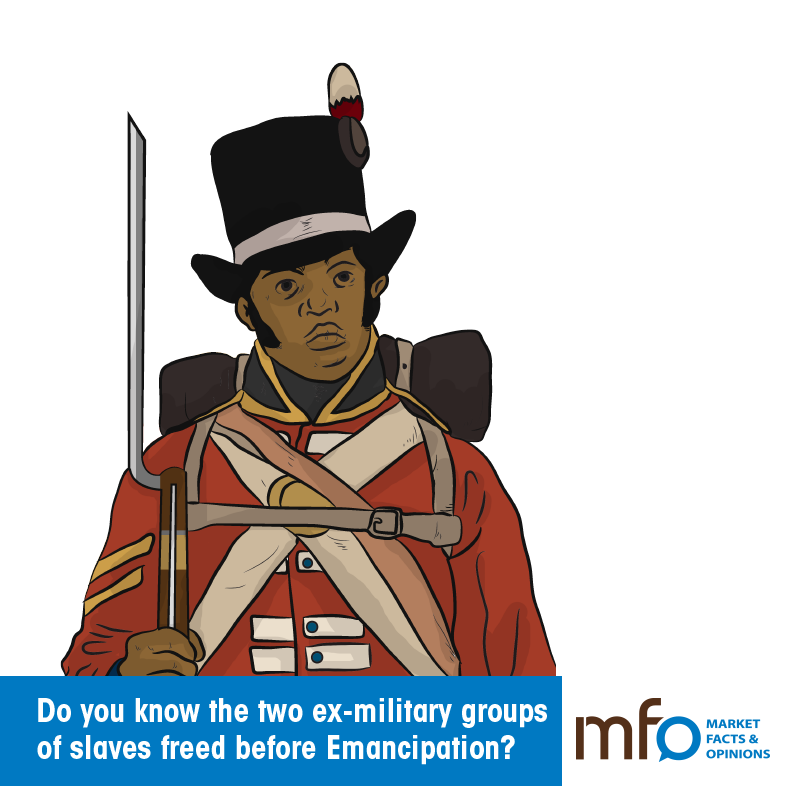
The “Merikins” were former slaves of Southern USA, who fought with the British army in 1812 against the former colonies and rewarded with their freedom and parcels of land in the Princes Town/Moruga area. Those places are called by their regiment: “First or Fifth Company” etc.
The men who served in the West India Regiment (1793 – 1815) were also given freedom and land in Cumuto, Valencia and Manzanilla. They were Muslims born in Africa and were fierce soldiers.
Note: Both pieces of land was far away from the estates so that they would not influence the slaves!
Lapeyrouse Cemetery
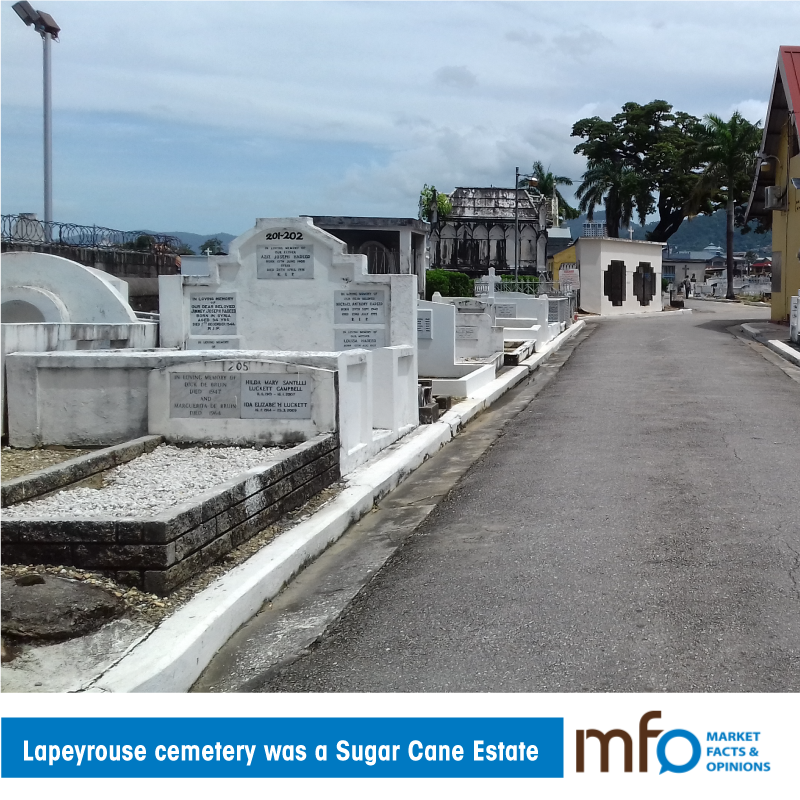
Did you know that the land where Lapeyrouse cemetery now is was the Tragarete sugar estate owned by a French planter called Picot de la Peyrouse?
The Mandingo
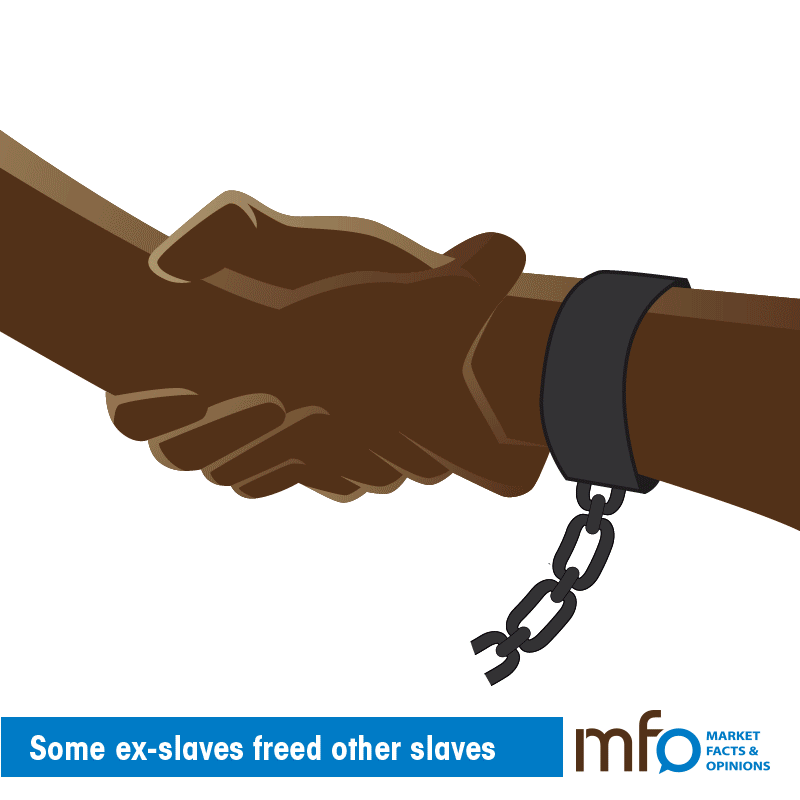
There was a third group of free Africans: the Mandingo group. They were Muslims. They worked and saved their money to purchase the freedom of their countrymen. They owned land and houses. They grew cocoa and food crops.
A key leader was Jonas Mohammed Bath, after whom Bath Street off Picadilly Street was named.
